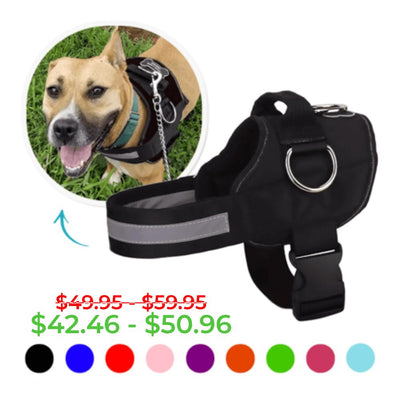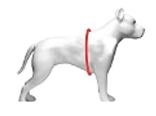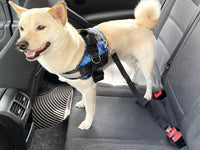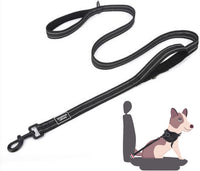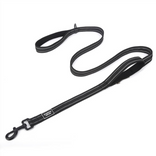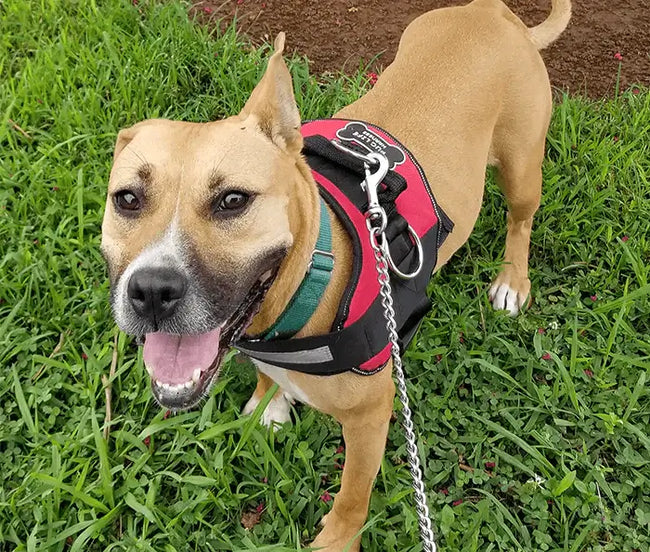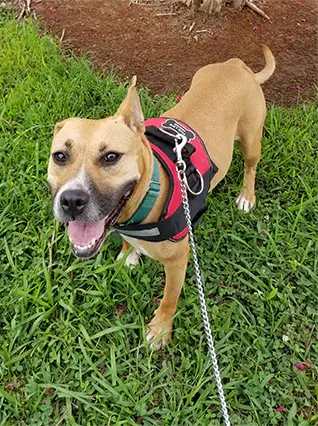Signs Your Dog Is Having A Stroke & What To Do

Being a dog parent means understanding the responsibilities that come with being a dog owner. There are numerous unexpected health conditions that can fall upon dogs. With that awareness, you want to be prepared so that you can act quickly to help your dog.
One possible scenario is a stroke.
It might sound shocking to you, but strokes occur with dogs just as they do with humans. Today, stroke diagnosis for dogs is happening more frequently thanks to the increased availability of medical devices and practices, like MRIs and CT scans, for pets.
What is a stroke?
A stroke is the disruption of blood flow to the brain. The oxygen supply for brain cells is depleted almost suddenly, without any warning. When this occurs, dogs (and humans) experience brain damage, and the severity of the damage ultimately depends on the region of the brain that was impacted.
Dogs can experience two types of strokes:
- Ischaemic strokes
- Hemorrhagic strokes
Ischaemic Dog Strokes
This type of stroke is more common, even among humans. These strokes have been referenced with various conditions in pets ranging from kidney disease to diabetes and high blood pressure. There are other causes of ischaemic dog strokes that are the agents in blocking the flow of blood vessels include tumor fragments, spinal cartilage, fat, and parasites. Due to the erratic nature of strokes, the underlying cause of strokes isn’t found in more than half of dog stroke cases.
This is due to the costs of MRIs which many dog owners may not be able to afford.
The key term with this stroke is a blockage.
Hemorrhagic Dog Strokes
The American Kennel Club (AKC) quoted a veterinarian on the board of Pet Life Today who explained, “In a hemorrhagic stroke, a vessel in the brain bleeds, which leads to the swelling and increased pressure.”
The key term with this stroke is bleed.
Both ischaemic and hemorrhagic strokes deprive the brain of blood and oxygen which can be life-threatening or damaging. Again, ischemic strokes, however, are more known to occur with dogs and humans.
Signs Your Dog Is Having a Stroke
What do you need to pay attention to when it comes to your dog and a potential stroke? The signs are subtle and can be difficult to see, but pay close attention to…
- Pacing and circling
- Head tilting
- Unbalanced
- Difficulty seeing
- Vomiting
- Strange facial expressions
- Pulsating or twitching (abnormal) eye movement
- Uncontrolled defacating
- Rapid onset symptoms
- Weakness or inability to use their body
According to PetMD, Dr. Virginia Sinnott of the Massachusetts Society for the Prevention of Cruelty to Animals Angell Medical Center explained, “Generally, one minute owners report the pet is fine, and the next [the pet] cannot get up. These signs may last for a few minutes or much longer (hours to days).”
They also add that Dr. Sinnot stated vets only see a couple of cases of strokes each year with dogs and usually with elderly dogs who are likely to experience clots or bleeding.
What To Do When Your Dog Is Having a Stroke
There isn’t treatment to repair the damage that’s caused to your dog’s brain by a stroke, but you can help keep your dog safe during a stroke and take them to the veterinarian immediately after. Your veterinarian will examine your dog and help come up with a plan of action to care for your dog and prevent further strokes from occurring if at least infrequently.
When your dog is having a stroke:
- Stay with your dog. Strokes are just as scary to dogs as they are to humans. Stay with your dog so they are not alone. Many dogs don’t have their human around when a stroke occurs so the company can help minimize added stress through the stroke.
- Soothe and relax your dog. Do what you can to relax your dog. Comfort them, make relaxing sounds to soothe them. Don’t show your dog signs of stress. Do what you can to remain calm but don’t force your dog into your arms for comfort. If they need to move, they will move.
- Keep water available for your dog. Dogs may experience a sense of dehydration after a stroke. Keep water available for your dog but pay close attention to their water intake as to avoid overdrinking.
- Lift your dog’s head upward to reduce pressure. You want to elevate your dog’s head so the blood flows away from their brain. Carefully and gently lift their head upwards to reduce pressure or tension around the neck and head.
- Take your dog to the veterinarian. Your veterinarian will examine your dog and help come up with a plan of action to care for your dog and prevent further strokes from occurring if at least infrequently.
With your attentiveness and care, your dog is in good hands. We hope these tips and symptom overviews help you!
This is just a sampling of tips and informational posts we offer at Joyride Harness. You can find more content including tips and tricks and how-tos for caring for your dog on our blog in this section.


